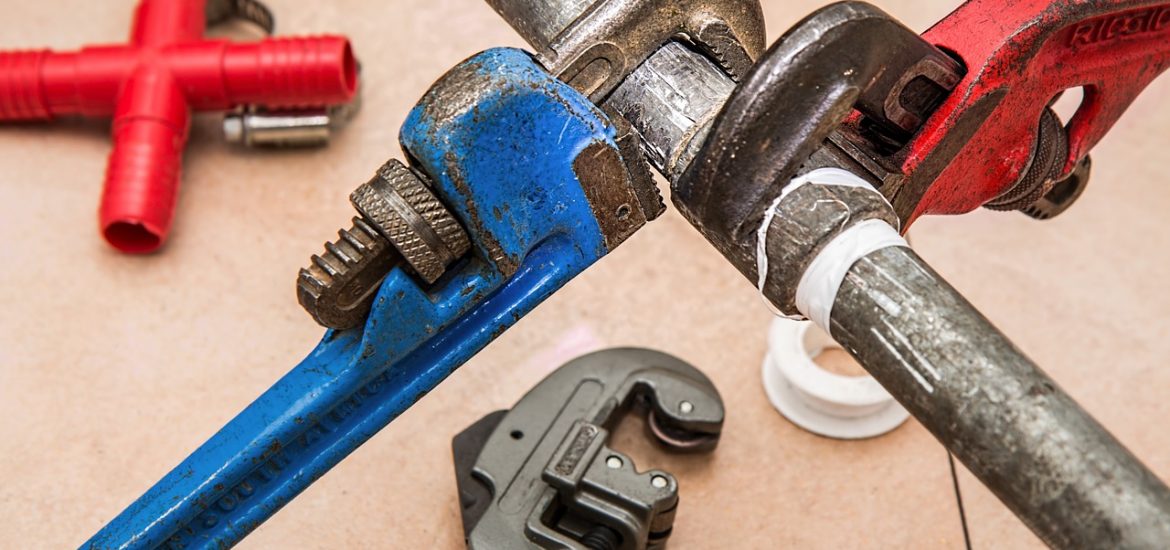Proper venting is an extremely important component in a plumbing system. The air flow creates a vacuum so that the water flows correctly. And the opening allows sewer gases to escape out into the open air. Ideally, plumbing vents are installed on the roof for the gases to rise above and away from the dwelling. If that is not possible, it can go out a wall, but the exit must still be at least six inches above the roof line. This keeps the gas from seeping back in through windows or other openings in the building.
Plumbing vent clearance
Simply making sure your plumbing vent clears the roof line will not necessarily meet regulations. It must also be at least 12 inches from the nearest vertical surface. This would include structures such as the side wall or chimney. The plumbing vent must also be at least 10 feet from the nearest opening. Examples of openings would be windows, doors, ventilations shafts, or chimneys.
Plumbing vent violations
Your best bet is to call a professional in your area, such as an Edmond plumber when doing any plumbing work on your building. These licensed professionals will make sure you’re venting meets local codes and ordinances. But if you must do some of the work yourself, it’s important to know the rules. Otherwise, you could be facing some pretty serious fines.
One rule is that your plumbing cannot be vented in locations where fumes can enter the dwelling. This means it can’t be located beneath an opening such as a door or window. Another rule is that the area where the vent pipe meets the roof must be watertight. You’re also not allowed to use your vent pipe for any other purpose. In other words, you can’t use them for flag poles or to support things like TV antennas.
These rules for plumbing vents are international, but each state and city usually also has its own codes. You can check with your local city water company or building inspector for a complete list, or you can consult a professional plumber for assistance.
Potential problems with plumbing vents
Clogs aren’t the only problems you can have with your plumbing. Blocked or improperly-installed vents can also cause some issues. In these cases, you almost always need a plumber. When a vent is blocked, you will likely start to hear gurgling sounds in your drains and they may begin to drain very slowly. Of course, the same thing can happen with clogged pipes, so it may be necessary to try unclogging them first.
If a vent is severely clogged, you will likely smell sewer gas inside the home. And if it’s completely blocked, your drains won’t even gurgle. This is because there is no longer any amount of air traveling through the vents. At this point, it is crucial that you call in a professional immediately. Otherwise, you could be trapping dangerous gases in the home as well as causing serious damage to your system.
Installing a vent pipe
While you can vent your plumbing through a wall if it is absolutely necessary, the safest way to do it is through the roof. This is because venting it through the wall may require more bends in the pipe than going straight up. That can create more opportunity for debris or buildup to get trapped inside.
To install your vent pipe, you’ll start in the attic or the space underneath the roof and cut a hole the size of the pipe with a reciprocal saw. You’ll have to learn how to cut PVC piping as well. If you have an Everlast II™ roof, for example, you can probably rest assured that your structure is free from damage. To install your vent pipe, you’ll start in the attic or the space underneath the roof and cut a hole the size of the pipe with a reciprocal saw.
Next, you’ll climb onto the roof and slide a roof shoe underneath the shingles where you cut the hole. You will need another person to then slide the pipe through the shoe from underneath the roof. Now you can nail the roof shoe to the plywood and secure the shingles you loosened. And finally, just attach the vent pipe to the plumbing system.

